-
•
•
14 responses

Chat-GPT’s rendition of a very strict, orthodox Mormon, right next to a liberal, heterodox Mormon, because even heterodox Mormons still wear buttoned-up, tucked-in shirts evidently. O’Sullivan’s law, one of those cute Internet “laws,” states that “any organization or enterprise that is not expressly right wing will become left wing over time.” Like most Internet laws, it kind of holds up, even though exceptions can be found. There’s something to it in regards to Church-related institutions if you replace left-wing and right-wing with edgy and/or heterodox. For example, one of the early, founding members of Dialogue was Dallin H. Oaks, whereas… Read More
-
•
•
54 responses
Again I make no pretenses to “resolving” this complicated topic and expect plenty of pushback, but, like I said in my last post, I see these conversations as important. It does appear to me that the evidence is contrary to the BoM being historical (I’ll post about that more), and yet I see Mormon practice as highly valuable (though often frustrating!) I’ve seen related conversations over the years on the Bloggernacle and people often point to the value of literature and even the parables of Jesus. And yet those examples aren’t REALLY presented as historical the way Smith and the… Read More
-
•
•
I’ve been hunting down resources to use in studying the Doctrine and Covenants, and one of the books I wanted to highlight in that regard is the Commentary on the Community of Christ Doctrine & Covenants Volume 1: The Joseph Smith Jr. Era, by Dale E. Luffman. It is a fascinating glimpse into both the Doctrine and Covenants itself and how it is viewed and used in a sister organization in the Restoration movement. The book goes through each individual document in the Doctrine and Covenants, offering information about the historical and theological context of the document, commentary and exegesis,… Read More
-
•
•
9 responses
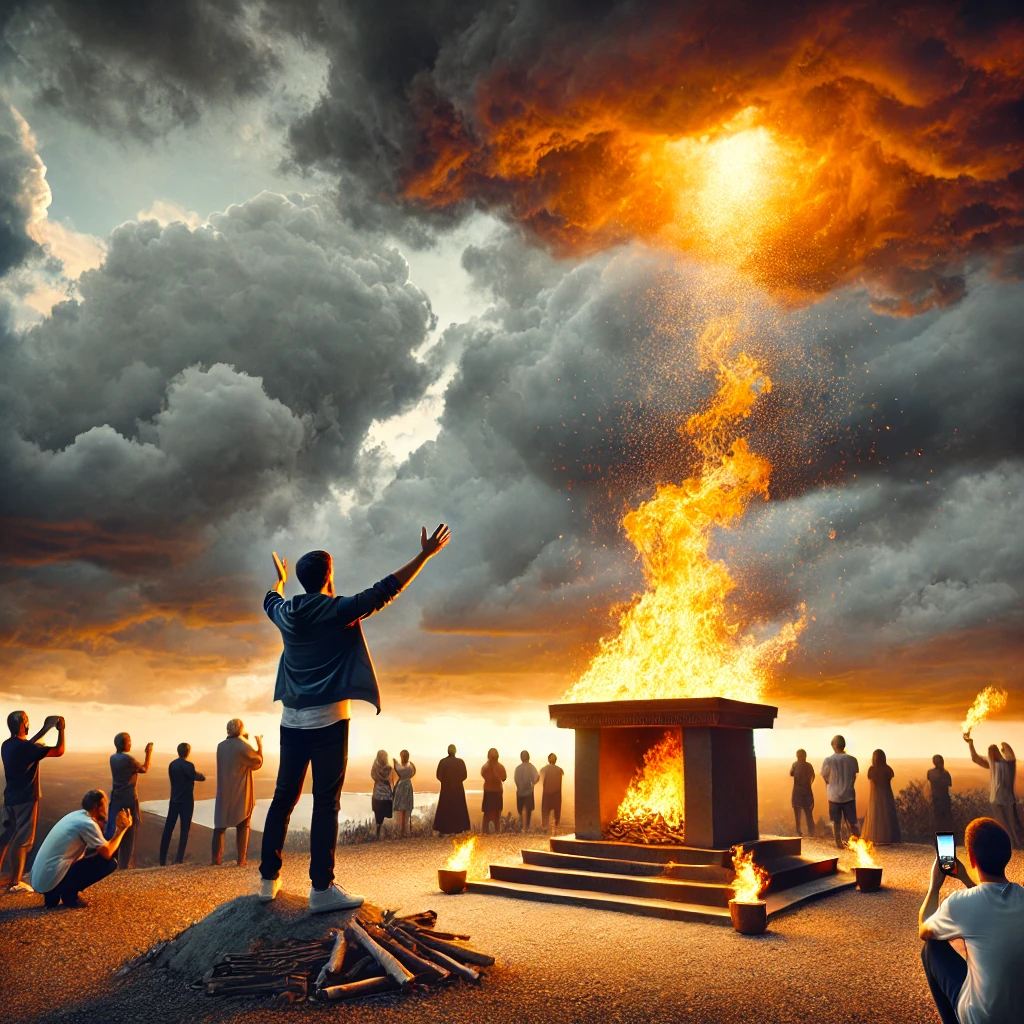
Elijah calling down fire from heaven, 21st century version Years ago I saw a New Atheist-y meme that showed a cartoon panel of “the power of God across time,” starting with the creation of the world, moving onto the great flood and turning water into wine, and then ending with Christ appearing on toast, with the idea that in today’s age we kind of grasp at straws to see this little miracle here or there whereas in the past there were seas being split and fire coming out of the heavens to burn up sacrifices. This is one of those… Read More
-
•
•
3 responses
Over the last century, for better or worse, we have had four men who became president of the Church while health concerns and/or advanced age made their capacity to carry out the role of Church president questionable. (George Albert Smith, Joseph Fielding Smith, Spencer W. Kimball, and Howard W. Hunter are the four I have in mind.) In addition, the average age of Church presidents at time of ascension to the presidency in the last century was around 81 years old, meaning that many of them lost the ability to function within a few years of becoming Church president, just… Read More
-
•
•
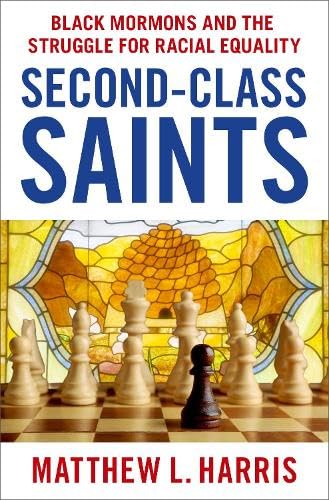
The priesthood and temple ban against individuals with Black African ancestry is a topic that is both fraught and crucial in understanding the history of The Church of Jesus Christ of Latter-day Saints. Matthew Harris’s recently-published Second Class Saints: Black Mormons and the Struggle for Racial Equality provides one of the most in-depth looks at that ban, with a special focus on the process by which it was challenged and lifted in the twentieth century by the 1978 priesthood revelation. It also discusses the ongoing effects of the ban and the anti-Black teachings in the Church that framed it after… Read More
-
•
•
6 responses
Clarke, Steve. “When conspiracy theorists win.” Inquiry: An Interdisciplinary Journal of Philosophy (2024): 1-24. Read More
-
•
•
6 responses
John Turner is known in Latter-day Saint circles for his biography of Brigham Young and his book The Mormon Jesus: A Biography. Next year, however, he will add to that collection with John Turner’s Joseph Smith biography. Turner recently spoke about the forthcoming biography with From the Desk, and announced that “I loved writing Joseph Smith: The Rise and Fall of an American Prophet, which Yale University Press will publish in Summer of 2025.” What follows here is a copost to the full interview. Read More
-
•
•
78 responses
I think I stopped believing that the Book of Mormon was historical in 2011. I keep a journal, but didn’t write that “event” down. Anyway, sometime around then, but I’ve continued practicing Mormonism. I was called as a bishop in December 2018, so did the bishop thing not believing the Book of Mormon was historical. I’ve seen comments on this blog and elsewhere noting that most non-history BoM believers end up leaving. That’s probably true, but some stick around, like me. This is a big topic that I’ll break into a few posts (perhaps post some over at the JI),… Read More
-
•
•
One response
Joseph Smith’s Uncanonized Revelations, edited by Stephen O. Smoot and Brian C. Passantino, is a new collection of revelations by or attributed to Joseph Smith. It builds upon the research and publication of documents by the Joseph Smith Papers Project, drawing together the relevant documents into one easily accessible place and providing context for each. The main section of the book focuses on revelations that can reliably be attributed to Joseph Smith while an appendix contains revelations that either are attributed to someone close to Joseph Smith or are late, second-hand recollections that may or may not be accurate and… Read More
-
•
•
51 responses

Last Utah post for a while, I promise Imagine you lived in the Jewish Autonomous Oblast in Russia, or some other area settled by a historically disenfranchised religious group. Also imagine, if you will, that this Jewish or Muslim or what have you group had a local holiday that celebrated their escape from persecution and their settlement in their new land. In such a situation, using wordplay to come up with an alternative holiday where one ate pork would be considered in poor taste given the genesis of the holiday. (Or, for example, a Friday Meat Day on Good Friday… Read More
-
•
•
13 responses
We just returned from our yearly-ish pilgrimage to Utah. Trips to Utah are always an opportunity to stick my finger in the air to get a more subjective, qualitative sense of things are going in the Church. Of course, Utah does not equal the Church in so many ways, but it does act as a sort of financial and membership ballast, and the amount of Mormon-ness in Utah is big enough that one can notice trends and patterns that would be harder to discern from random noise with a smaller sample size. However, here I’m not backing up any of… Read More
-
•
•
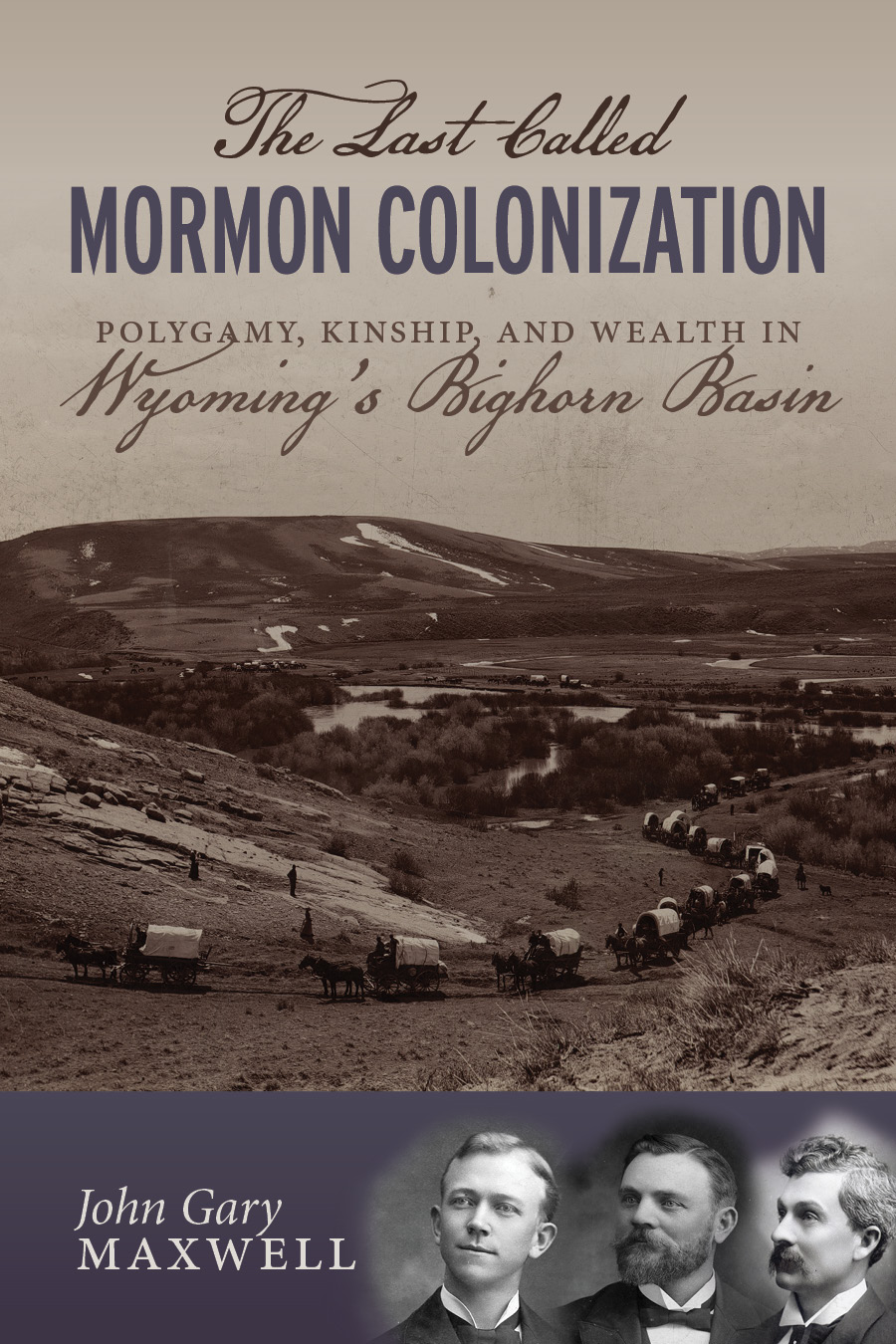
Growing up in Utah, I heard many pioneer stories about my ancestors and their colleagues who traveled west to settle the Intermountain West region. I found, however, that many of the stories focused on the journey itself rather than the years that followed as they established settlements and survived in an arid region. The latter half is just as important, as is the observation that many people uprooted their lives repeatedly to settle more remote areas beyond the Wasatch Front in Utah. One dramatic story of that sort is among the last that could be considered pioneering—the settling of the… Read More
-
•
•
9 responses
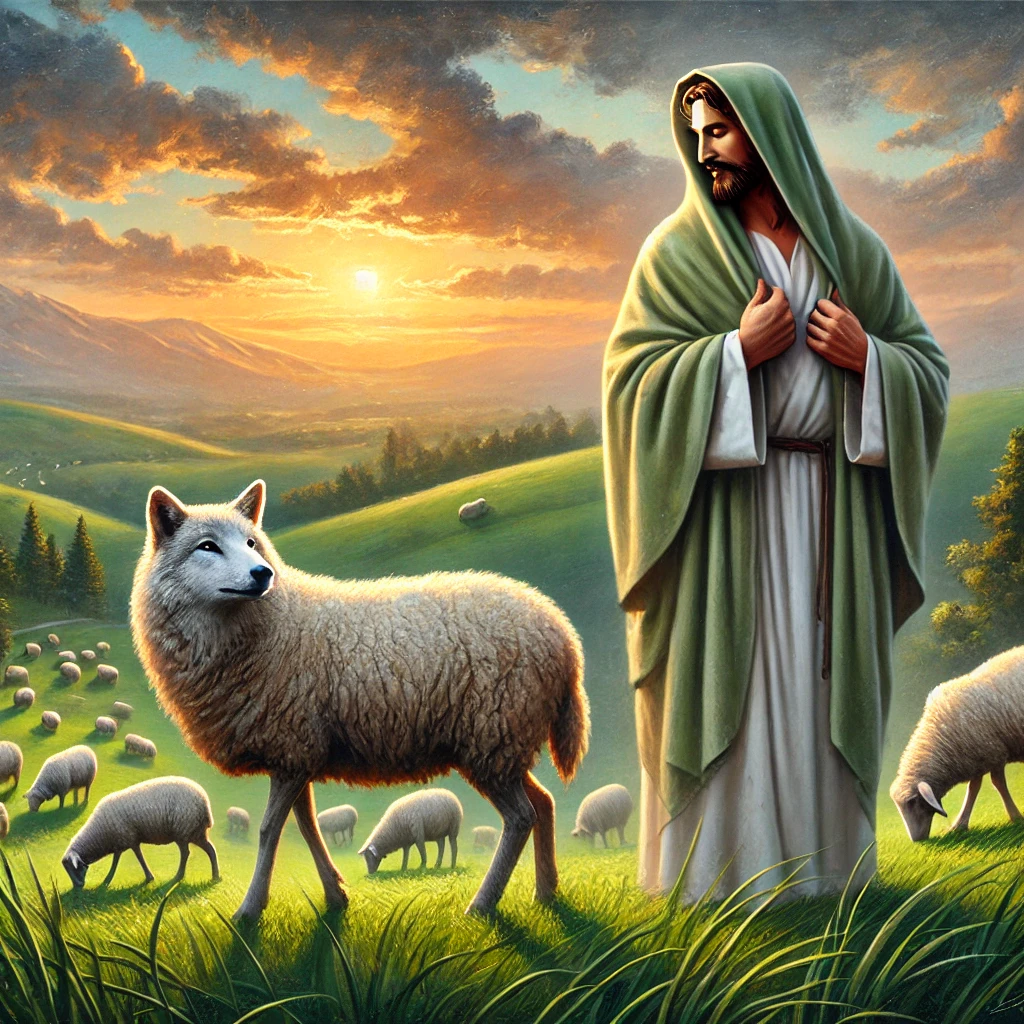
People often misuse the Parable of the Lost Sheep, where the Lord leaves the 99 to go after the 1, and draw analogies and connections that don’t make a lot of sense given the premises of the Parable, so I thought I’d make a set of guidelines for logically using the Parable. Note: I have wanted to do this post for a while, and it is in no way a critique or analysis of the Church’s recent 99+1 initiative. The motivation for this came from non-Church sources. If you self-identify as “the lost sheep” the logical corollary is that you… Read More
-
•
•
Buffalo Bill and the Mormons by Brent M. Rogers is a fun and interesting book about the intersections of “Buffalo Bill” Cody’s life with the Latter-day Saints. The basic idea is that the American superstar, soldier, bison hunter, and showman launched his acting career at a time when anti-Mormon propaganda had become a profitable and popular area of storytelling. Cody embraced using Latter-day Saints as stock villains in his storylines, portraying Latter-day Saints as enemies of the proper home. Cody was, of course, the defender of the proper home in the plays in which he performed and seems to have… Read More
-
•
•
32 responses
The term “revelation” in The Church of Jesus Christ of Latter-day Saints is a word with multiple interpretations, as can be seen in the process that led to the 1978 priesthood revelation. Read More
-
•
•
14 responses

I asked Dalle-3 to “Create two images side-by-side, one representing Utah in a good light and one representing Utah in a bad light. Show me images that show bad things particular to Utah and good things particular to Utah, instead of just generic bad and good things.” In the image it generated “the left side highlights Utah’s natural beauty and outdoor activities, while the right side depicts issues like smog from the Salt Lake City inversion, a dried-up Great Salt Lake, and urban congestion.” For my family living in Utah is the eternal question (“next year in Utah”). Like a… Read More
-
•
•
19 responses
I have wanted to share my thoughts on the first batch of hymns and songs released by the Church as candidates for the New Latter-day Saint Hymnbook (and I would love to hear your thoughts as well). Read More
-
•
•
One response
While Wilford Woodruff has only one canonized document in Latter-day Saint scriptures (Official Declaration 1), he did record a number of visions and revelations of his own. Perhaps the best-known among these is his vision of Wilford Woodruff and the Founding Fathers that led him to do proxy temple work for them and other eminent individuals. In a recent interview at the Latter-day Saint history blog From the Desk, Jennifer Mackley discussed what we know about Wilford Woodruff’s vision. What follows here is a co-post to the full interview. Read More
-
•
•
5 responses

Martin Luther King Jr.’s Murderer, Ex-Mormon (according to Wikipedia) James Earl Ray A recent project of mine has been to figure out a way to generate a list of all Wikipedia articles that mention the word “Mormon” or “Latter-day Saint” so that we can generate the comprehensive compendium of all things Latter-day Saint/Mormon on Wikipedia. This project was inspired in part by an episode of the Omnibus podcast by Ken Jennings and Jon Roderick (incidentally, IMHO the wittiest podcast out there) about a prison breakout by James Earl Ray, the man who killed Martin Luther King Jr. Ken Jennings, who… Read More
-
•
•
2 responses
The Chicago Experiment was an effort to train some of the best teachers in the Church to the academic standards of Biblical Studies applied elsewhere in Western Civilization during the 1930s. The results were mixed, with some of the scholars going on to improve the Church Education System, while others struggled to reconcile what they had learned with their faith. Casey Griffiths discussed the Chicago Experiment in a recent interview at the Latter-day Saints history blog, From the Desk. What follows here is a copost to the interview. Read More
-
•
•
9 responses
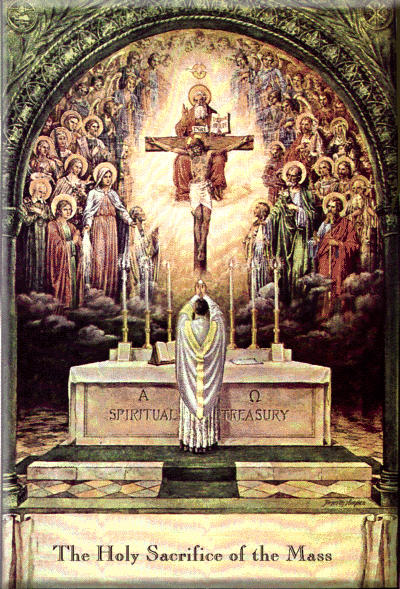
Due to some things I’m involved in, I recently attended a Traditional Latin Mass (TLM). For the uninitiated, after Vatican II the Catholic Mass was changed to be more user-friendly. It was conducted in the vernacular instead of Latin and was shortened. While in the past the priest traditionally faced towards the East as he was blessing the Eucharist, facing towards God and the coming of Christ, gradually it became more standard for priests to face the congregation. Read More
-
•
•
18 responses

As the children of Lehi and Sariah intermarried with first Ishamel’s offspring and then their children intermixed with the natives of the Americas, what has been the result genetically after 2,600 years? Are the American Indians encountered by the Europeans in 1492 and beyond also descendants of Lehi and Sariah? Read More
-
•
•
6 responses
Greenhalgh, Spencer P., and Amy L. Chapman. ““Come for the Memes, Stay for Defending the Faith”: Far-Right and Anti-Feminist Red Pill Influences in the# DezNat Twitter Hashtag.” Mormon Social Science Association: 2:1. Read More
-
•
•
5 responses
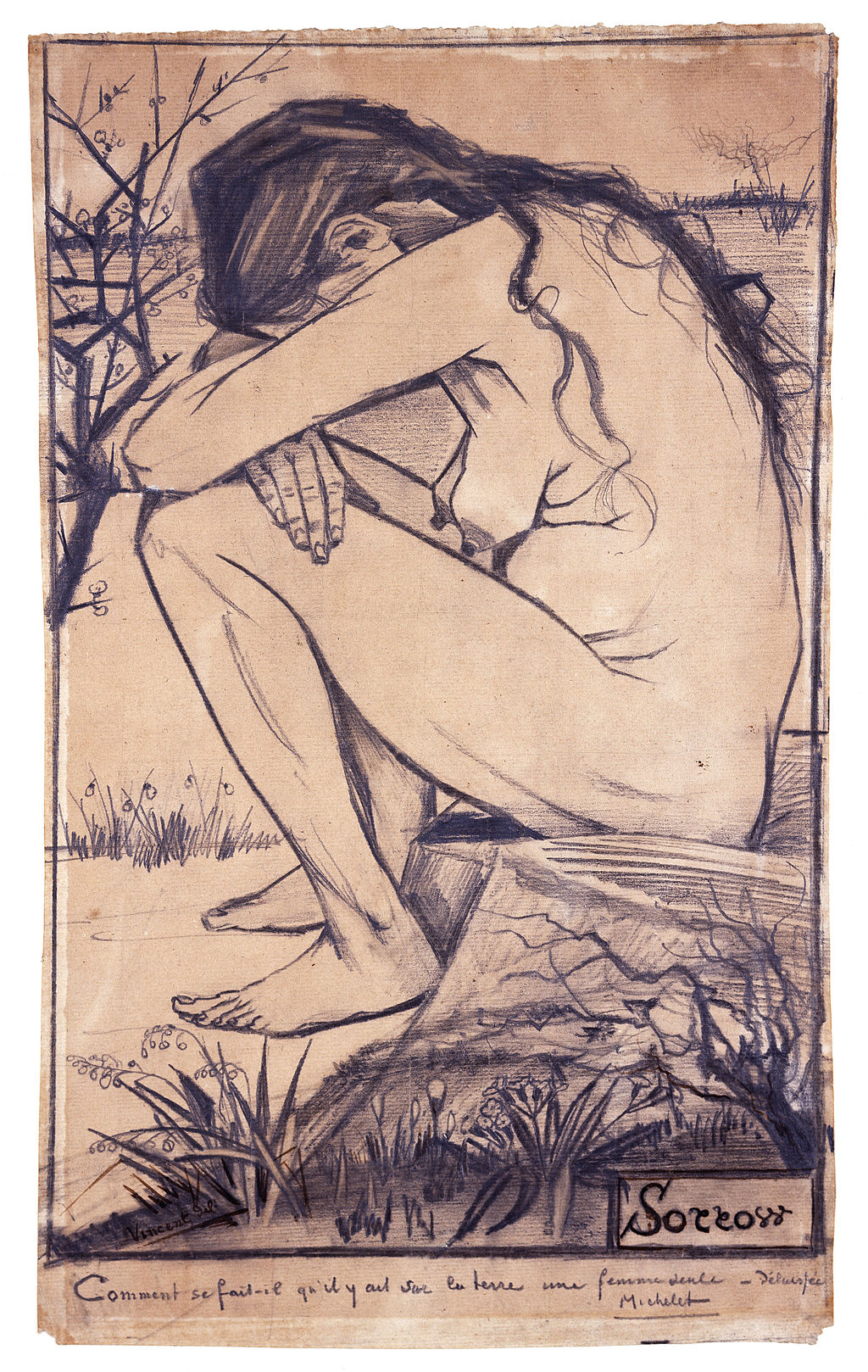
Sorrow, a Van Gogh drawing of a pregnant Sien Hoornik Selling only one painting during his lifetime, Vincent Van Gogh has become the archetype of the tortured genius not appreciated until after his death. His long-running mental health problems have been the subject of movies and ballads (with one moving example being Don McLean and later Josh Groban’s Vincent). There’s something about the narrative that tickles at our Jungian senses. Somebody who is dealt a bad hand all throughout their life has a deus ex machina glory thrust upon them, sort of a posthumous version of the classic folklore motif… Read More
-
•
•
3 responses

I’ve attended my fair share of Latter-day Saint weddings in Utah and there is one common element that has puzzled me. Read More
-
•
•
8 responses
Schools should post the Proclamation on the Family instead. Read More
-
•
•
One response

While Saul/Paul and Alma the Younger were arguably committing the worst kind of sins by fighting against God, in both narratives they were sincere and possibly even well-meaning, albeit theologically wrong. They weren’t, say, torturing or killing people en masse as far as we know, and it seems like if there is a textbook case for something you could do that crosses the line into never being able to achieve forgiveness in this life, that’s what it would involve. (In the excellent Latter-day Saint film Brigham City spoiler alert the person you later find out is the killer asks the… Read More


